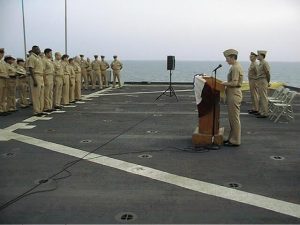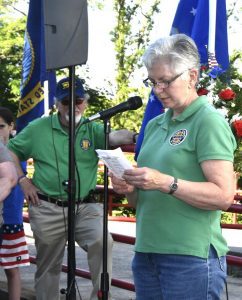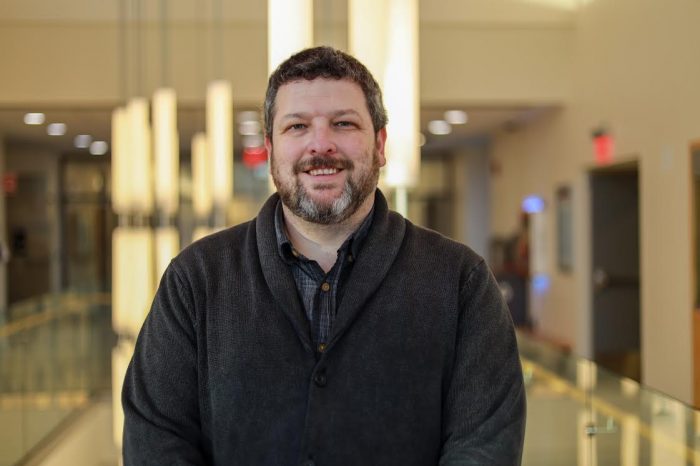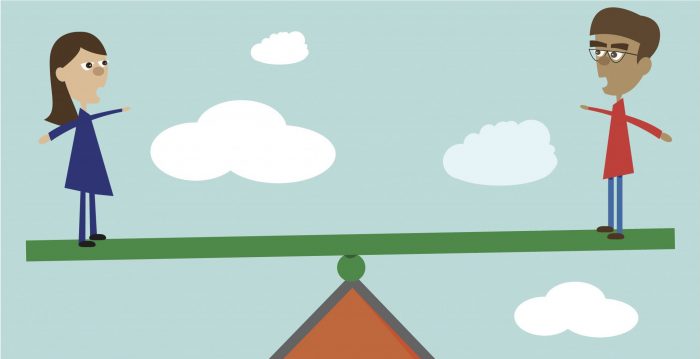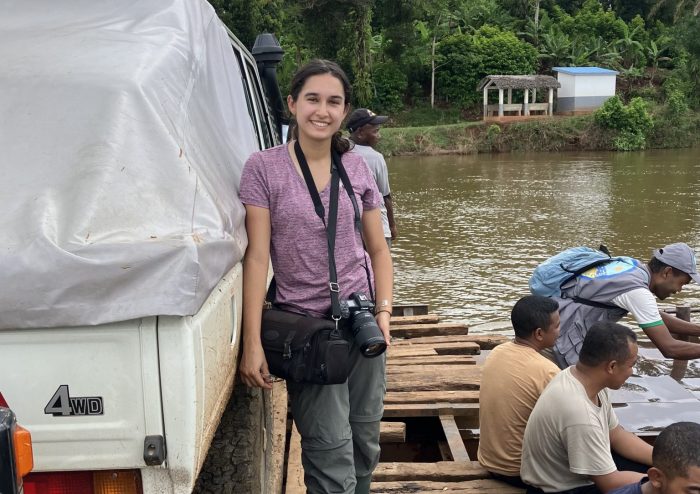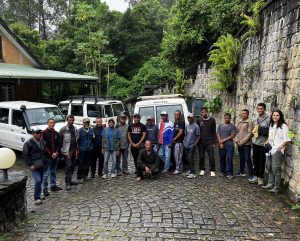By Daniel Dunaief
Dead men might not tell tales but fossilized apes and the soil around them may change a narrative. That’s what happened recently when a large collaboration of researchers gathered clues from an ape fossil in Moroto, Uganda that lived 21 million years ago and from a detailed analysis of the soil.
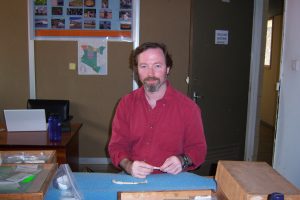
Scientists have long thought apes started climbing upright, which is an important evolutionary step, all those years ago to reach fruit in a habitat dense with trees. Recent evidence from two publications in the journal Science, however, suggest that the habitat included grassland and woodlands.
James Rossie, Associate Professor in the Department of Anthropology at Stony Brook University, studied the teeth of the fossil, called Morotopithecus, to determine what this ancient ape ate.
“The important thing about the teeth of Morotopithecus is a shift towards folivory” or leaf eating, Rossie said. “The surface of the molars were elongated with well-developed crests” which indicate that this primate consumed leaves rather than fruit.
By contrast, molars of animals that eat fruit are more rounded. Additionally, carbon isotope dating of the enamel suggest that they fed on water-stressed plants. This discovery and analysis changes not only the narrative of this particular ape species, but also of the evolutionary progression and habitat of primates.
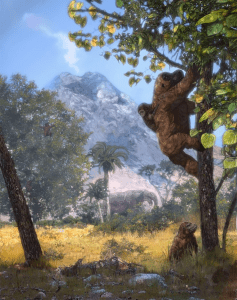
This analysis indicated that apes lived in areas of open woodlands, where there were patches of trees separated by stretches of grassland about 10 million years earlier than scientists originally believed. During the miocene period, they would have had to evade predators such as Simbakubwa, an extinct carnivore that was larger than a lion.
“It was very unexpected that an ape with upright, versatile climbing abilities was living in a seasonal woodland with open, grassy patches, rather than in a closed tropical forest,” said Laura MacLatchy, a Professor in the Department of Anthropology at the University of Michigan and the leader on the study.
“The findings have transformed what we thought we knew about early apes, and the origins for where, when and why they navigate through the trees and on the ground in multiple different ways,” Robin Bernstein, Program Director for Biological Anthropology at the National Science Foundation, said in a statement. “The effort outlines a new framework for future studies regarding ape evolutionary origins.”
The fossils Rossie and his colleagues examined including the lower part of a face, the palate, upper teeth, a couple of vertebrae, the lower jaw, and a complete femur. It’s unclear if these fossils came from one individual or from a collection of apes. With considerable wear and tear on the teeth of the upper jaw, the owner of those bones was an adult, Rossie said.
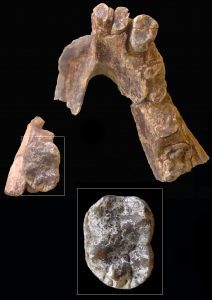
By studying the bones as puzzle pieces that fill in a narrative, researchers concluded that the smaller, thick femur, or thigh, bone helped the ape climb quickly and effectively up the trunks of trees.
The longer legs of a human push us away from trees, making it harder to climb, while the shorter, sturdy legs of an ape enable it to get closer to the trunk and reach lower branches quickly.
Apes that fed on leaves would likely have had larger bodies to accommodate the need for a longer digestive tract. A heavier animal that navigated through trees would run the risk of falling to the ground if their weight caused a branch to break.
By climbing upright, apes could distribute their weight more evenly over several branches, enabling them to maneuver through the trees to the leaves while reducing the strain they put on any one branch.
In a second paper published together as a part of this analysis, soil researchers studied the environment at Moroto and at several other sites of similar age across eastern Africa. These soil scientists determined that the early habitat included forests and grasslands.
Cooperative work
Rossie believes the work of numerous scientists over a long period of time not only represents a paradigm shift in thinking about ape evolution and the environment in Africa, but also in the way scientists across a wide range of expertise collaborate.
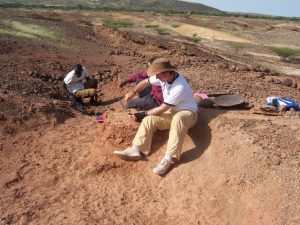
The researchers who trained Rossie and his colleagues were more competitive and guarded, he said. They didn’t share information with each other about their findings and wanted other researchers to learn about their findings through journal publications.
“We decided to take a different strategy” about a dozen years ago, he said. “It occurred to us that these separate silo attempts to reconstruct these environments were incompatible, with different methods and strategies. We couldn’t put it together into a coherent picture.”
By working together with the same methods, the scientists had comparable data and developed a coherent picture. Such broad collaborations across a range of fields required a “bit of a leap of faith,” he added. The scientists knew and trusted each other.
Indeed, Rossie and MacLatchy have known each other since the early 2000s when MacLatchy first asked Rossie to study other fossils.
Bringing numerous researchers across a range of expertise was a “game theory experiment,” Rossie added. Researchers could have published smaller papers about each site more quickly, but chose to combine them into the more meaningful synthesis.
MacLatchy suggested that the work on this project that involved sharing data across multiple sites, as well as joining forces in a range of expertise, makes it possible to reconstruct habitats with much greater detail.
“We are also able to obtain a regional perspective, which is not possible if interpretations are based on individual fossil sites,” she said. “I’d like to think this kind of collaboration will become standard.”
A resident of Centerport, Rossie is a hockey fan and is pulling for the Islanders.
He enjoys studying teeth because a single tooth can provide considerable information about an animal’s place among other species and about its strategies for getting and processing food.
His professional studies have come full circle. As a college junior at St. Lawrence University, he attended a field school run by Harvard University and the National Museum of Kenya at Lake Turkana. Almost every moment of that experience made him more eager to pursue paleontology as a career.
“As fate would have it, my field project is now centered on an area on the west side of Lake Turkana that I first visited back in 1995,” he explained.
The Turkana Basin Institute serves as his home base during the field season and he is grateful for their ongoing logistical support.
As for future work, Rossie is studying the fossils of at least four different species of apes in Lake Turkana in Kenya.

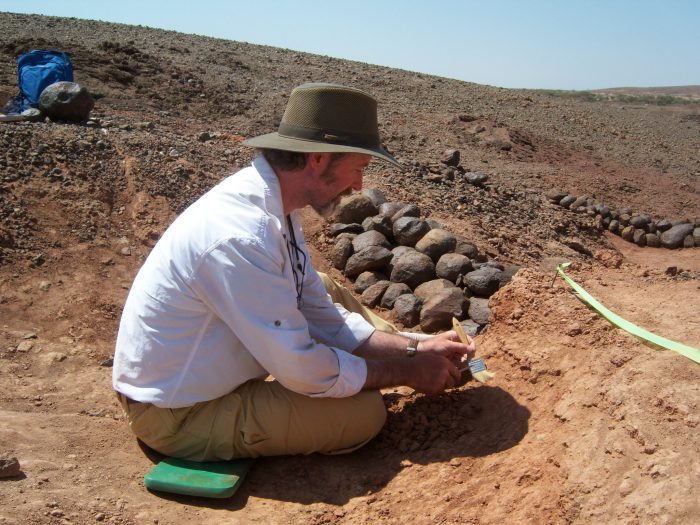


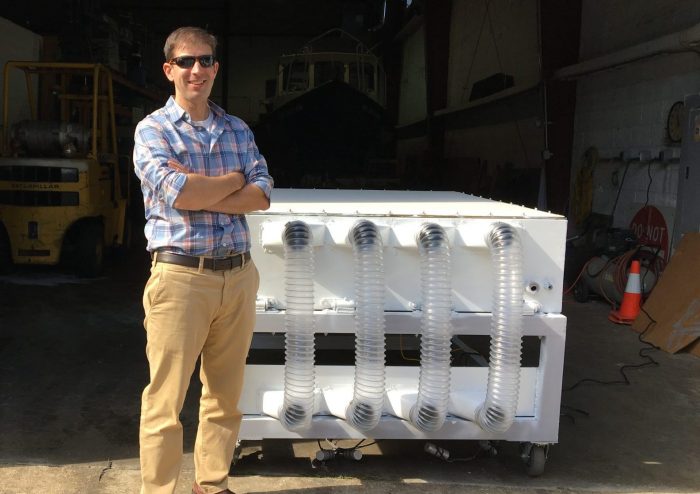
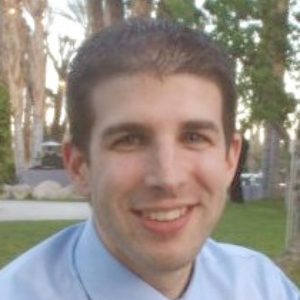


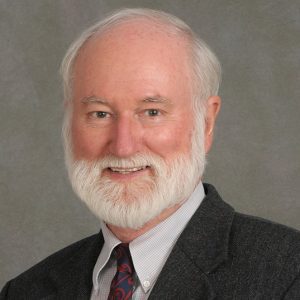

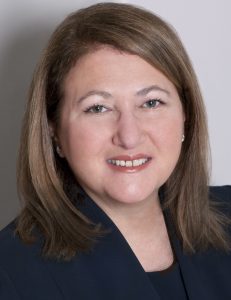

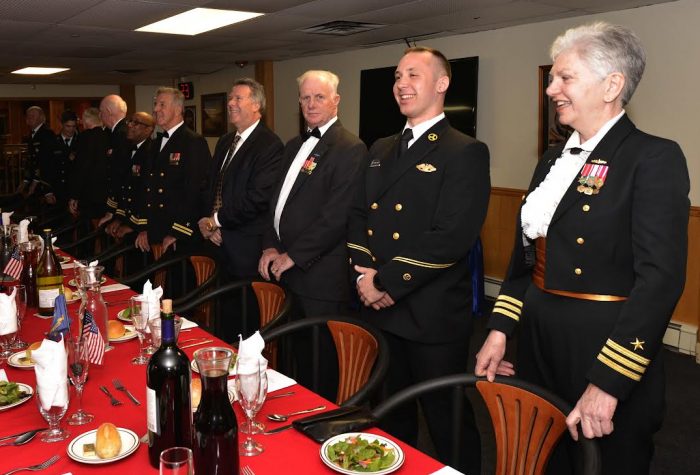
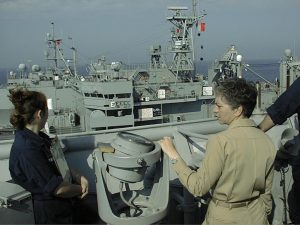
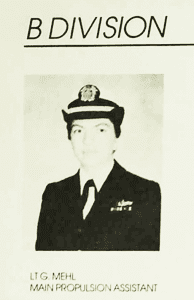 A graduate of SUNY Binghamton, Mehl, who grew up on a chicken farm, had a desire to get a job that makes a difference and to see the world. Her sister Jane and her college roommate had also joined the military, so she already had examples of women who had gone into the service.
A graduate of SUNY Binghamton, Mehl, who grew up on a chicken farm, had a desire to get a job that makes a difference and to see the world. Her sister Jane and her college roommate had also joined the military, so she already had examples of women who had gone into the service.